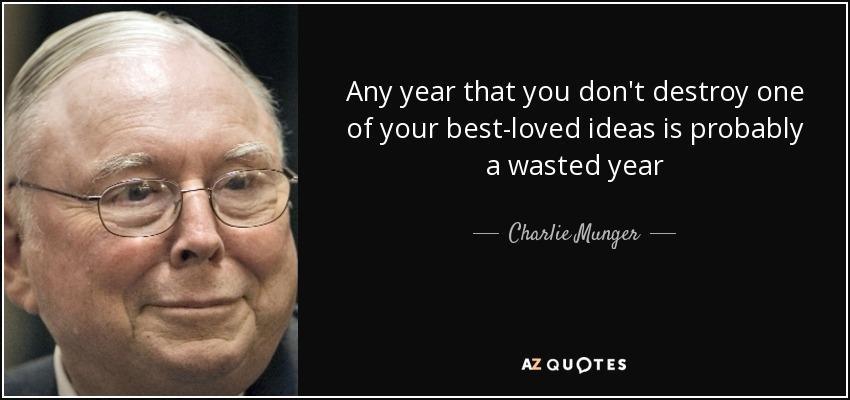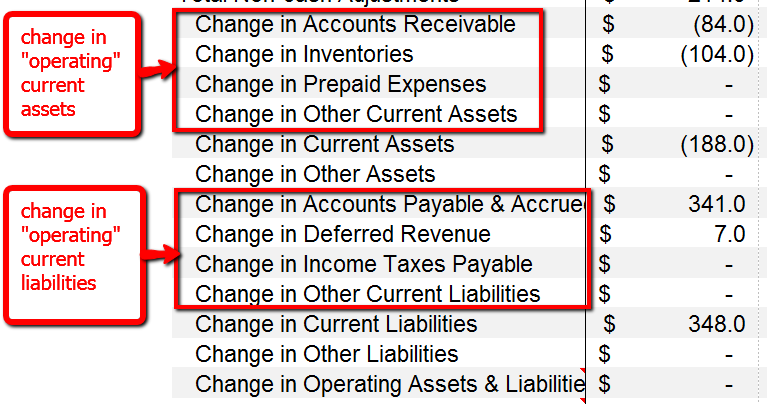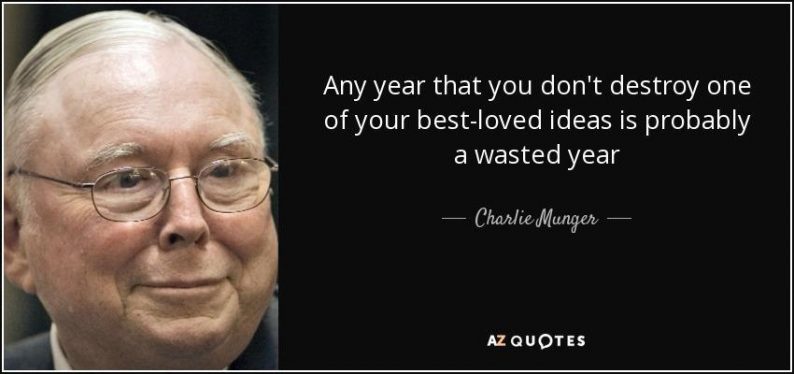When a better tool (idea or approach) comes along, what could be better than to swap it for your old, less useful tool? Warren and I routinely do this, but most people, as Galbraith says, forever cling to their old, less useful tools. – Charlie Munger
Today is the day the dust on the topic of changes in working capital finally settles.
It’s taken a lot of thought over many years to fully understand this idea of what the “change” in changes in working capital actually means and how it should be applied to valuation and financial analysis.
Here’s another quote from Munger before I dive into things as it sums up this topic well.

Getting Back to the Basics of “Change” in Working Capital
First, working capital is NOT the same as the change in working capital.
If you just want the definition of working capital, it’s simply
current assets – current liabilities.
But what you really need to know about working capital is how and why it matters. That’s where the “change” comes into play.
Previously, I concluded that it was all about the difference from the current year and the previous year.
From an accounting standpoint and definition, that’s correct and what the following articles and explanations are referring to.
But a different view is needed for investors when analyzing and valuing stocks.
Instead of an equation just telling you what working capital is, the real key is to understand what the change part really means, how to interpret and use it when analyzing and valuing companies.
Difference Between “Working Capital” and “Change in Working Capital”
Let’s start with the definition of working capital again.
Working Capital = Current Assets – Current Liabilities
Working capital is a balance sheet definition which only gives you insight into the number at that specific point in time.
However, the real purpose any business needs working capital is to continue operating the business.
That’s the REAL purpose of working capital.
Not to see whether there are more current assets than current liabilities. If you are a business owner, it makes no sense to constantly check whether you have more assets than liabilities on the balance sheet.
Operating Working Capital or Non Cash Working Capital
One line that I like from the Wikipedia definition is this:
companies strive to reduce their working capital cycle by collecting receivables quicker or sometimes stretching accounts payable.
Note the emphasis on the word cycle. It’s not talking about a value from a single point in time. It’s referring to the entire cycle that businesses constantly try to shorten.
What this also means is that when talking about working capital needs, you need to break it down to consider the operating aspects only.
Just like how capital expenditures can be broken down between growth capex and maintenance capex, working capital has to be broken down to “operating working capital”.
Another name for this is non cash working capital, because current assets includes cash, which is not used to operate the business and has to be taken out.
To save time and for simplicity sake as I write this, I’m going to take the numbers from the Cash Flow Statement of the Old School Value Analyzer.
This is how the change in cash flow section is broken down.

Detailed Breakdown Using Old School Value
The operating parts of the asset side of working capital include;
Increasing any of these requires the use of cash.
Current liabilities also include debt which is not an operating factor of the business.
The ones that are categorized as operations on the liabilities side are;
Increasing any of these requires delaying the use of cash.
And that’s what the Wikipedia line is also pointing to.
companies strive to reduce their working capital cycle by collecting receivables quicker or sometimes stretching accounts payable.
What the CHANGE Really Stands For
This is the difficult and confusing part so read and chew on it slowly so that you can digest it fully.
Ultimately, the change does not mean the difference. That’s the problem I fell into.













Leave A Comment